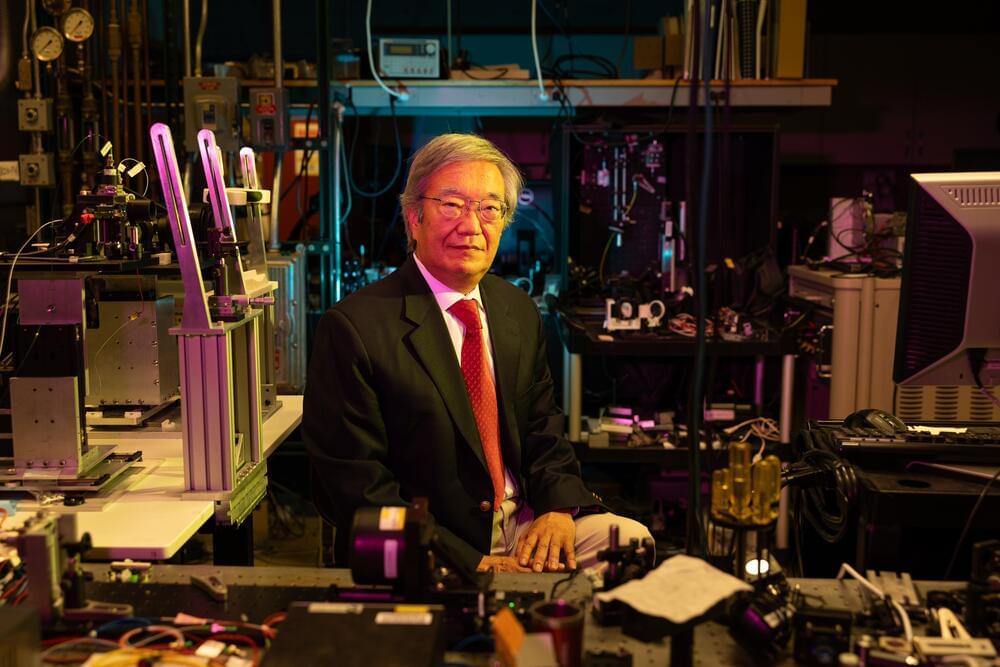Many ophthalmologists’ offices around the country are home to a machine that enables doctors to take advantage of optical coherence tomography (OCT), a method of imaging the retina and other tissues in the eye. These OCT machines give doctors insight into the three-dimensional structures of their patients’ eyes, help them diagnose diseases and can even help save their patients’ sight.
The genesis of OCT machines began in the lab of Dr. James Fujimoto, who was inspired by advances in high-speed photography and lasers to start developing potential methods that would enable doctors to get better images of what was happening inside of people’s bodies. The goal, he told Forbes, was to develop… More.
In 1991, the trio published their first paper describing the technique they invented. “In less than a year, we were able to develop this new imaging technology, which in retrospect was pretty unusual,” Huang told Forbes.
Since the publication of that first paper, OCT has grown into a nearly $2 billion market. Doctors now routinely use the technology to diagnose diseases such as glaucoma, diabetes-related vision impairment and even coronary artery disease. “The impact on public health can be very large,” Fujimoto said. “If you can preserve vision, for example, to the point where patients can continue to drive a car, that’s a major change in lifestyle and an impact on quality of life.”
On Thursday, the Lasker Foundation awarded Fujimoto, Huang and Swanson its annual $250,000 award for Clinical Medical Research. The Foundation has been handing out its annual awards since 1945, which this year include two other categories: Basic Medical Research and Special Achievement in Medical Science. Many winners of these prizes have often gone on to win other scientific honors, including the Nobel Prize.
